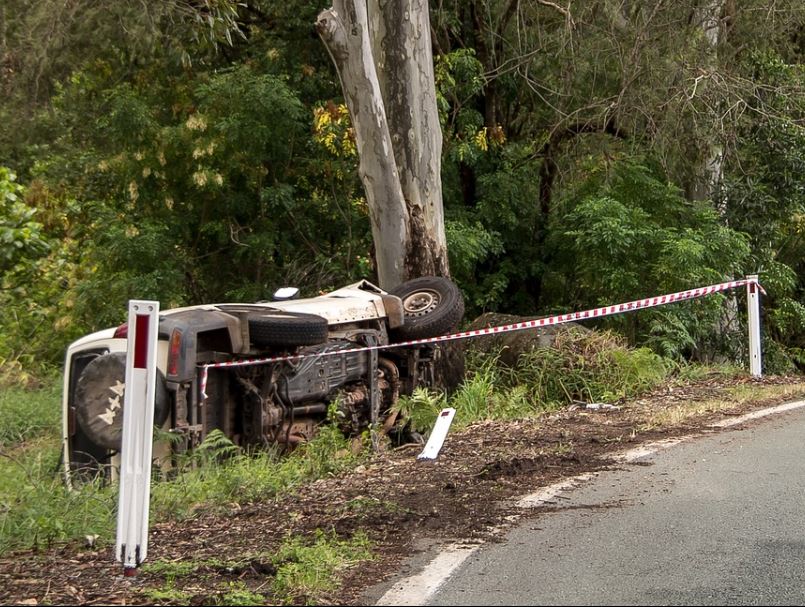
A new study into the police and hospital data recorded after major road accidents has given key insights into better management of traffic safety and public health strategies - particularly for the most vulnerable road users.
Injury Studies researchers at Flinders University, with researchers from Queensland University of Technology and University of Adelaide, analysed the road safety studies of police crash data compared to often more detailed hospital reporting from traffic injury data collected worldwide in 25 English speaking countries between 1994 and 2023.
"Focusing on improving the accuracy and completeness of injury data, we did find persistent biases, underreporting and lack of consistency in police-reported data, which highlights the critical need to combine multiple sources in future policy-setting around the world," says Flinders Health and Medical Research Institute (FHMRI) researcher Dr Ali Soltani.
"Our analysis highlights the superior role of hospital data over police records, particularly in identifying marginalised and vulnerable road users.
"The study not only identifies challenges but also proposes collaborative solutions involving legislators and public health specialists to formulate sophisticated linking plans.
"These plans aim to reduce traffic injuries worldwide by navigating hurdles such as linking rates, geographical variations, and harmonising law enforcement and healthcare data gathering procedures."
To achieve these goals, researchers recommend the standardisation of injury severity categorisation and data - including the adoption of standardised coding systems, such as ICD, for more accurate comparative evaluations.
Diverse challenges in the field include variations in data sources and techniques as well as the rising trend of merging primary data sources.
In the global systematic review, the FHMRI Injury Studies and fellow researchers also looked into rural road safety concerns, noting that improved policy roadmap would lead to the development of more focused measures that could significantly lower the number of road fatalities and injuries.
In Australia, about one-third of hospitalised injuries from road crashes occur in regional and remote areas where the rate of road crash deaths is 9.6 per 100,000 people, compared to 2.2 per 100,000 in major cities. The average road fatality rate per 100,000 people in 2022 at 4.54 ranked 18th out of 31 OECD countries.
Vulnerable road users including pedestrians, cyclists, motorcycle riders, children under seven years and elderly and users of mobility devices. The National Road Safety Strategy aims to reduce the annual deaths by at least 50% by 2030. The Australian Institute of Health and Welfare reported 240 hospitalisations per 100,000 population of transport related injuries in 2021-22, with males and young people particularly at risk and fractures the most common type of injury sustained in hospital cases.
"The potential impact of this research on global road safety initiatives is undeniable as these measures would potentially improve the prospect of safer roads," concludes Dr Soltani.
"Improving the accuracy and completeness of injury data is the main goal of data linkage studies in the field of road traffic injury research."
The article, Police and hospital data linkage for traffic injury surveillance: A systematic review (2023) by Ali Soltani, James Edward Harrison, Courtney Ryder, Joanne Flavel and Angela Watson, has been published in Accident Analysis & Prevention, Volume 197, 2024, https://doi.org/10.1016/j.aap.2023.107426






